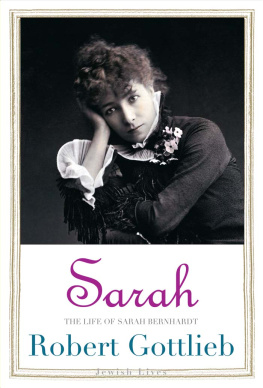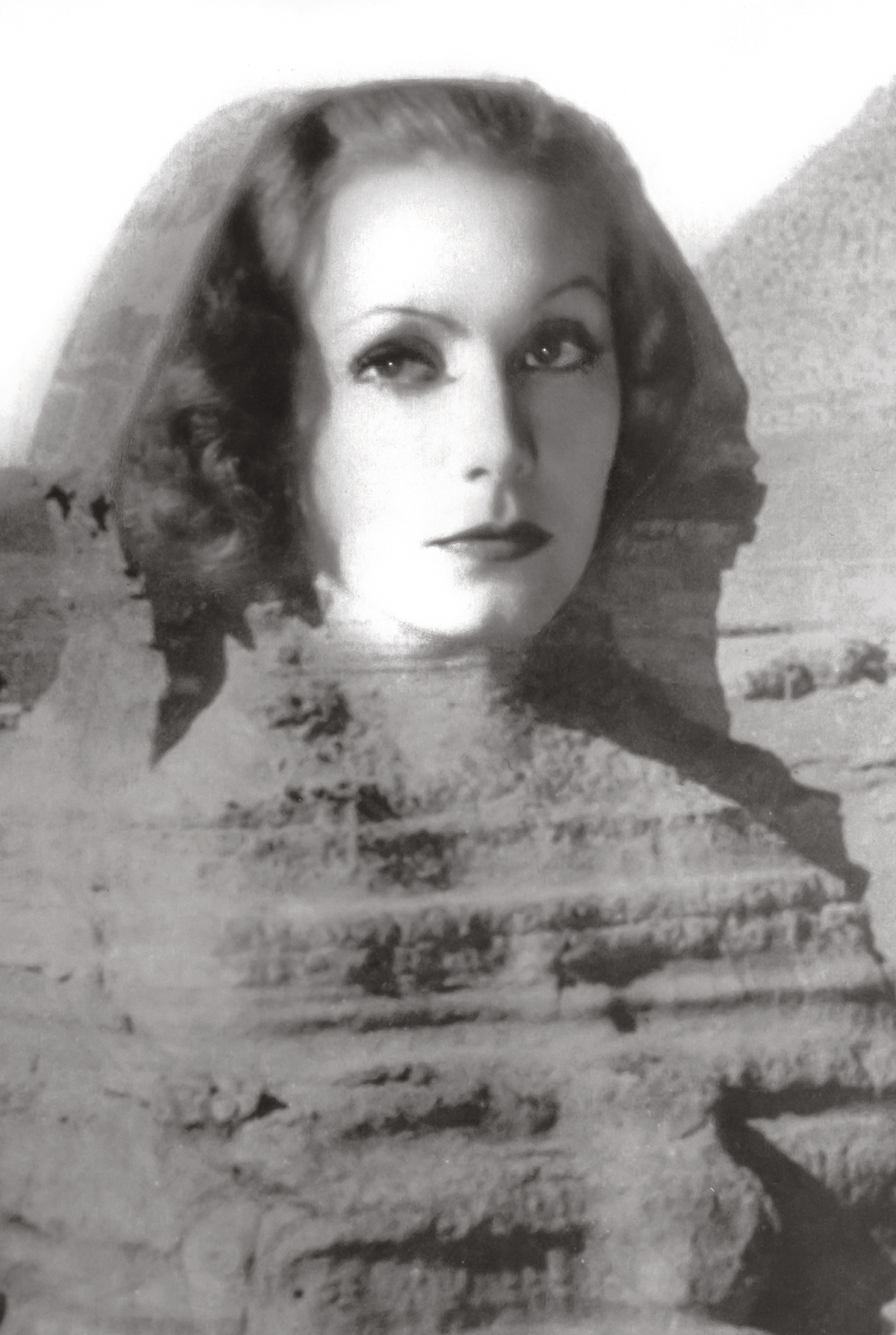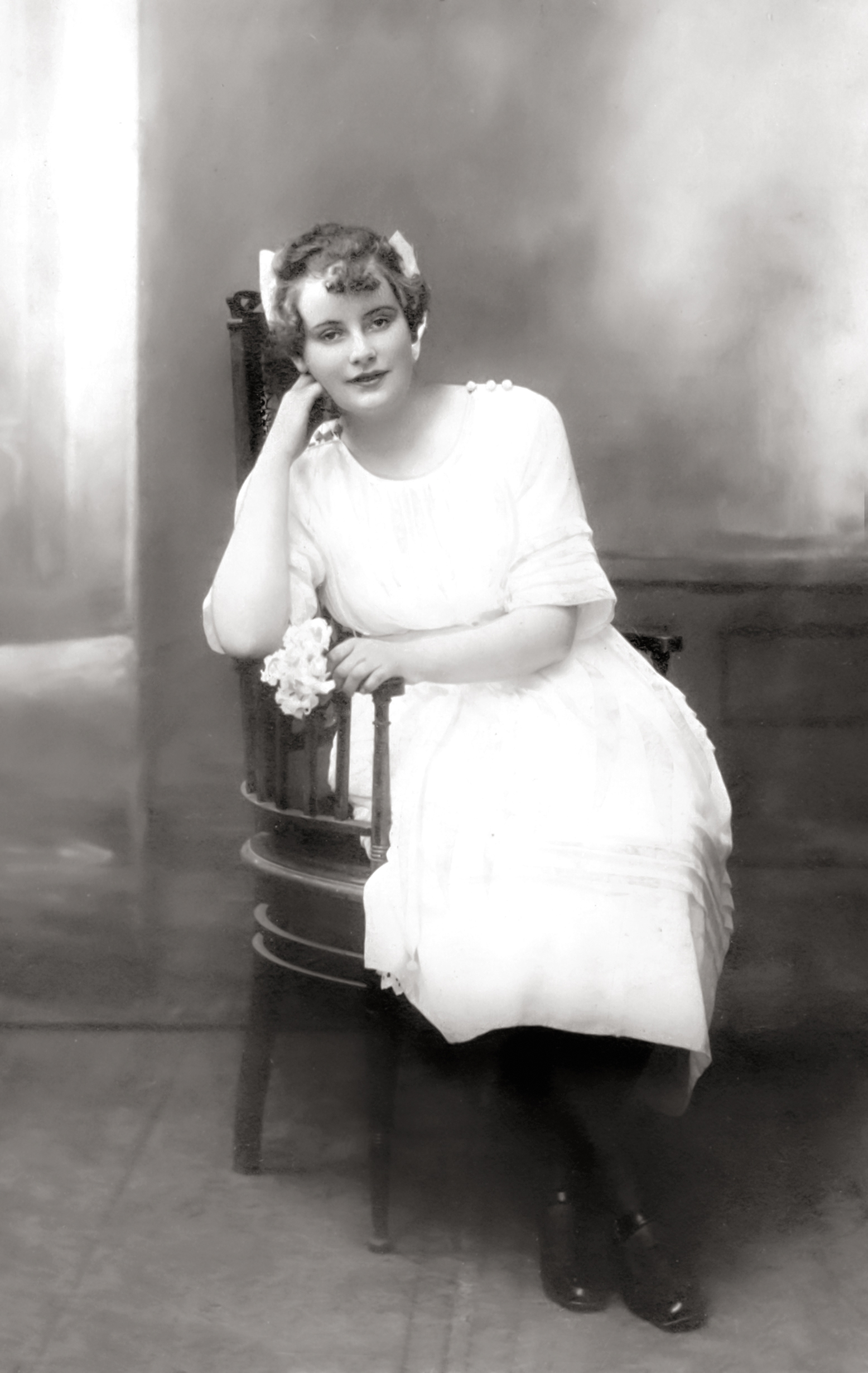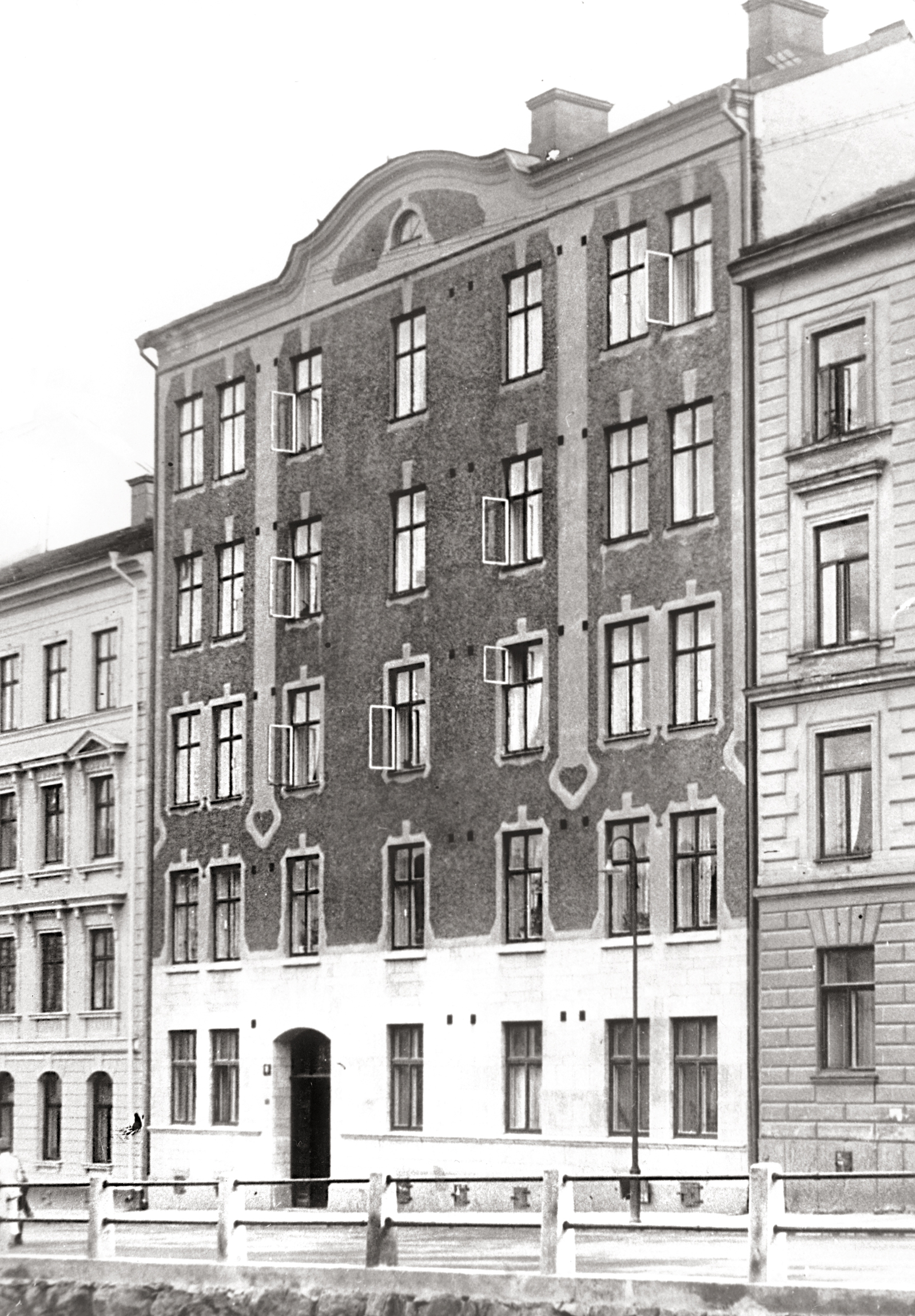Robert Gottlieb - Garbo: Her Life, Her Films
Here you can read online Robert Gottlieb - Garbo: Her Life, Her Films full text of the book (entire story) in english for free. Download pdf and epub, get meaning, cover and reviews about this ebook. year: 2021, publisher: Farrar, Straus and Giroux, genre: Non-fiction. Description of the work, (preface) as well as reviews are available. Best literature library LitArk.com created for fans of good reading and offers a wide selection of genres:
Romance novel
Science fiction
Adventure
Detective
Science
History
Home and family
Prose
Art
Politics
Computer
Non-fiction
Religion
Business
Children
Humor
Choose a favorite category and find really read worthwhile books. Enjoy immersion in the world of imagination, feel the emotions of the characters or learn something new for yourself, make an fascinating discovery.

- Book:Garbo: Her Life, Her Films
- Author:
- Publisher:Farrar, Straus and Giroux
- Genre:
- Year:2021
- Rating:5 / 5
- Favourites:Add to favourites
- Your mark:
Garbo: Her Life, Her Films: summary, description and annotation
We offer to read an annotation, description, summary or preface (depends on what the author of the book "Garbo: Her Life, Her Films" wrote himself). If you haven't found the necessary information about the book — write in the comments, we will try to find it.
A New York Times Book Review Editors Choice | One of Literary Hubs most anticipated books of 2021
Award-winning master critic Robert Gottlieb takes a singular and multifaceted look at the life of silver screen legend Greta Garbo, and the culture that worshiped her.
Wherever you look in the period between 1925 and 1941, Robert Gottlieb writes in Garbo, Greta Garbo is in peoples minds, hearts, and dreams. Strikingly glamorous and famously inscrutable, she managed, in sixteen short years, to infiltrate the worlds subconscious; the end of her film career, when she was thirty-six, only made her more irresistible. Garbo appeared in just twenty-four Hollywood movies, yet her impact on the worldand that indescribable, transcendent presence she possessedwas rivaled only by Marilyn Monroes. She was looked on as a unique phenomenon, a sphinx, a myth, the most beautiful woman in the world, but in reality she was a Swedish peasant girl, uneducated, nave, and always on her guard. When she arrived in Hollywood, aged nineteen, she spoke barely a word of English and was completely unprepared for the ferocious publicity that quickly adhered to her as, almost overnight, she became the worlds most famous actress.
In Garbo, the acclaimed critic and editor Robert Gottlieb offers a vivid and thorough retelling of her life, beginning in the slums of Stockholm and proceeding through her years of struggling to elude the attention of the worldher desperate, futile striving to be left alone. He takes us through the films themselves, from M-G-Ms early presentation of her as a vampher overwhelming beauty drawing men to their doom, a formula she loathedto the artistic heights of Camille and Ninotchka (Garbo Laughs!), by way of Anna Christie (Garbo Talks!), Mata Hari, and Grand Hotel. He examines her passive withdrawal from the movies, and the endless attempts to draw her back. And he sketches the life she led as a very wealthy woman in New Yorka hermit about townand the life she led in Europe among the Rothschilds and men like Onassis and Churchill. Her relationships with her famous co-star John Gilbert, with Cecil Beaton, with Leopold Stokowski, with Erich Maria Remarque, with George Schleewere they consummated? Was she bisexual? Was she sexual at all? The whole world wanted to knowand still wants to know.
In addition to offering his rich account of her life, Gottlieb, in what he calls A Garbo Reader, brings together a remarkable assembly of glimpses of Garbo from other peoples memoirs and interviews, ranging from Ingmar Bergman and Tallulah Bankhead to Roland Barthes; from literature (she turns up everywherein Hemingways For Whom the Bell Tolls, in Evelyn Waugh, Graham Greene, and the letters of Marianne Moore and Alice B. Toklas); from countless songs and cartoons and articles of merchandise. Most extraordinary of all are the pictures250 or so ravishing movie stills, formal portraits, and revealing snapshotsall reproduced here in superb duotone. She had no personal vanity, no interest in clothes and make-up, yet the story of Garbo is essentially the story of a face and the camera. Forty years after her career ended, she was still being tormented by unrelenting paparazzi wherever she went.
Includes Black-and-White Photographs
Robert Gottlieb: author's other books
Who wrote Garbo: Her Life, Her Films? Find out the surname, the name of the author of the book and a list of all author's works by series.















